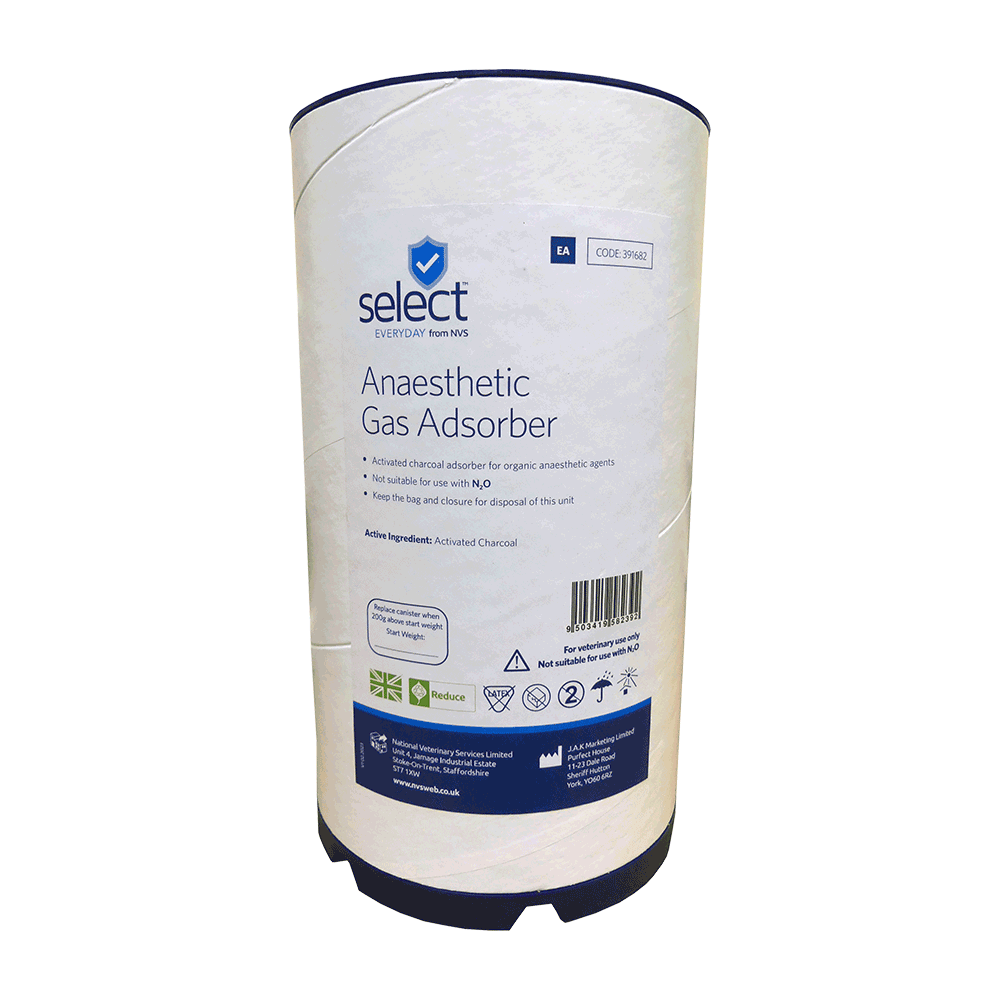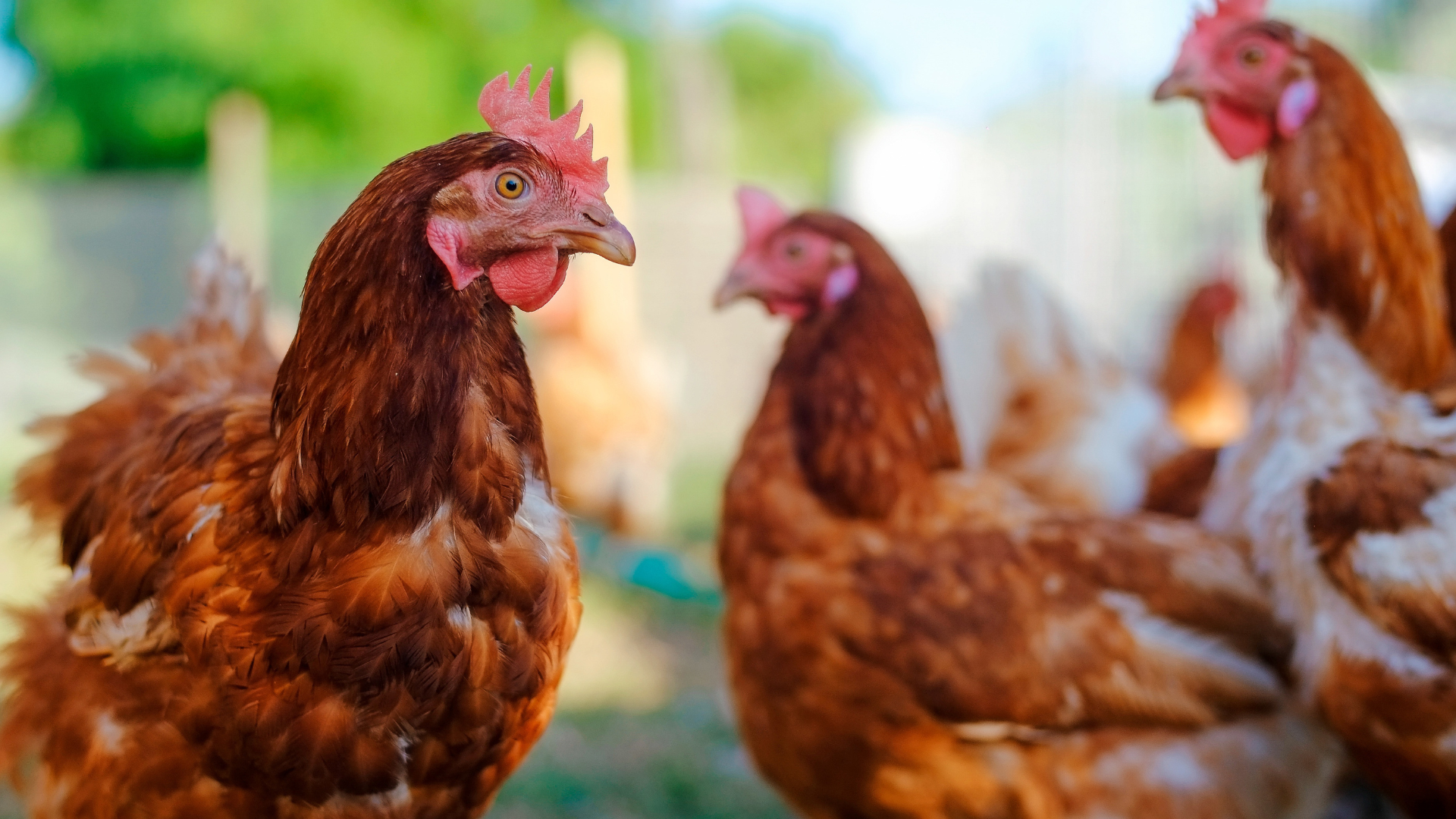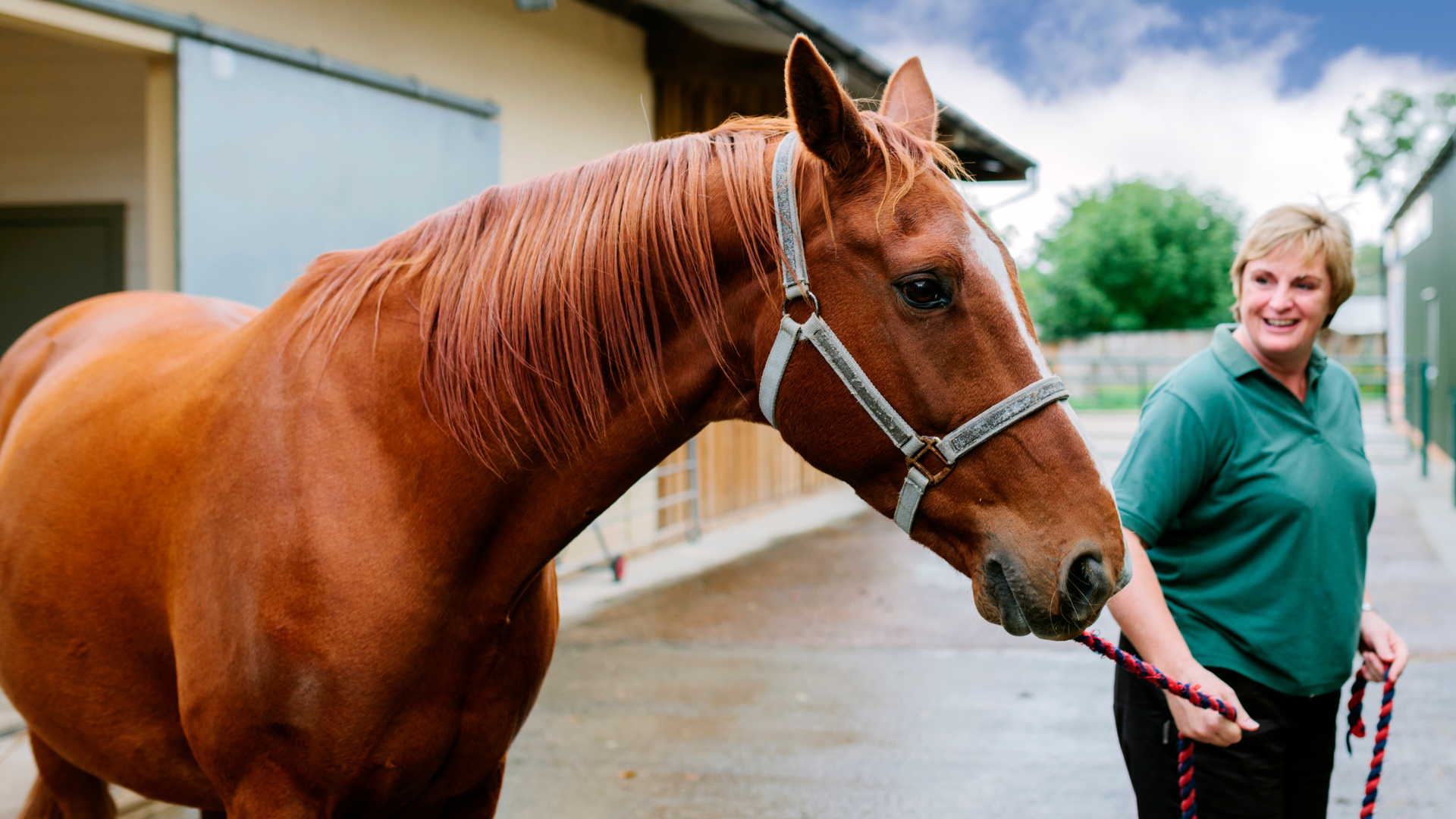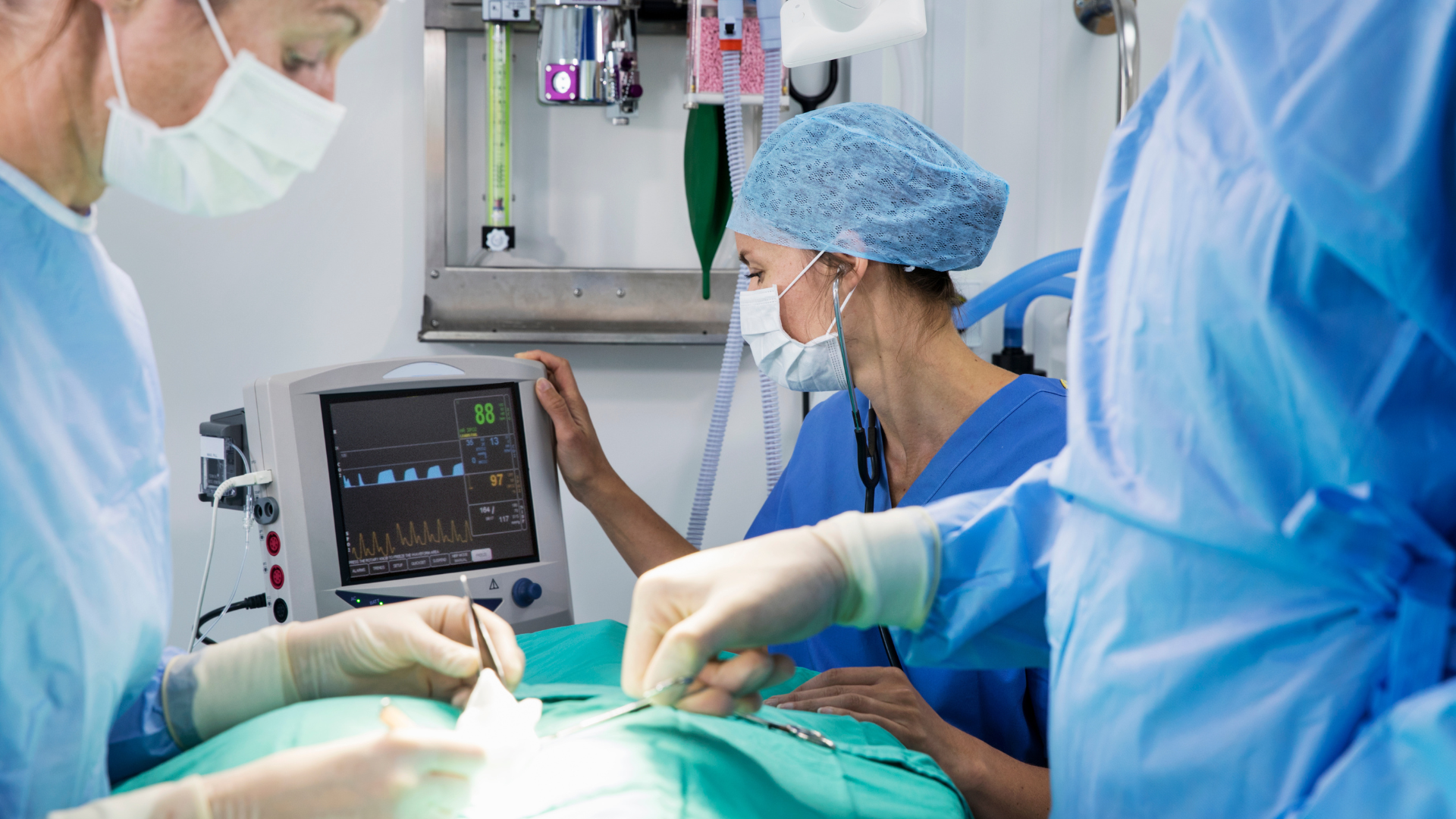
With mounting concerns about the environmental impact of inhaled anaesthetic agents, veterinary practices are increasingly being impelled to take a proactive stance in reducing the use of anaesthetic gas in their clinical work.
The commonly used veterinary anaesthetic gases, such as isoflurane, halothane, and sevoflurane, have been described by scientists as disproportionately potent greenhouse gases (GHGs) 1. Their presence in the atmosphere is fractional compared to some of the more common GHGs such as carbon dioxide (CO2), but due to their chemical structure, they stay in the atmosphere for longer, trapping more heat, therefore having a greater global warming effect1.
To put things into perspective, one hour of isoflurane anaesthesia in a dog is equivalent to driving 12 miles in an average European car.
RS Jones & E West
Recognizing the urgent need for action, the Royal College of Veterinary Surgeons (RCVS) has included specific requirements around anaesthetic gas usage as part of the environmental standards for its Practice Standards Scheme (PSS).
As part of this initiative, the RCVS recommends that practices should employ a range of techniques to minimise their anaesthetic gas usage. From phasing out Nitrous Oxide to optimising the flow rate and considering options such as Partial Intravenous Anaesthesia (PIVA) or Total Intravenous Anaesthesia (TIVA).
An additional aspect in mitigating the impact of anaesthetic gases is the implementation of an effective scavenging system that captures and absorbs waste anaesthetic gases preventing them from escaping into the atmosphere.
Introducing Select from NVS Anaesthetic Gas Adsorber
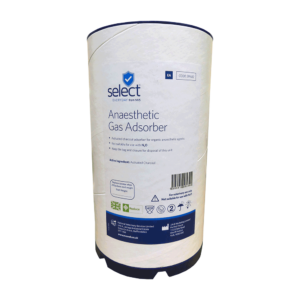
Select from NVS Anaesthetic Gas Adsorber is an easy and convenient method for scavenging organic waste anaesthetic agents in surgical settings.
Designed with efficiency and sustainability in mind, this innovative device contains activated carbon. It can be used for a maximum of 20 hours and adsorbs up to 200g of organic waste anaesthetic agents, including isoflurane, halothane, and sevoflurane. By efficiently capturing these gases, the Gas Adsorber can ensure a safer environment for both patients and clinical staff.
One of the standout features of this adsorber is its eco-conscious design. Unlike many other scavenging adsorbers that rely heavily on plastic, the Select Adsorber takes a step towards environmental responsibility, with over 74% of the adsorber’s container manufactured using cardboard. This helps to minimise its environmental impact and contributes to a greener approach in medical waste management. Additionally, the product is made in the UK cutting down on transportation miles and the product’s carbon footprint.
While the Select Anaesthetic Gas Adsorber boasts impressive performance, it’s important to note that it’s not suitable for use with N2O. To ensure optimal functionality, users are advised to intermittently weigh the adsorber and dispose of it by controlled incineration when its weight exceeds 200g above its starting weight.
Click here for more information or to order
Source: 1 Jones, RS & West, E (2019) Environmental Sustainability in Veterinary Anaesthesia. Veterinary Anaesthesia and Analgesia 46 (4) 409-420, and the accompanying podcast
The article was originally posted in The Cube magazine, October 2023 issue. Click here to read the magazine.
